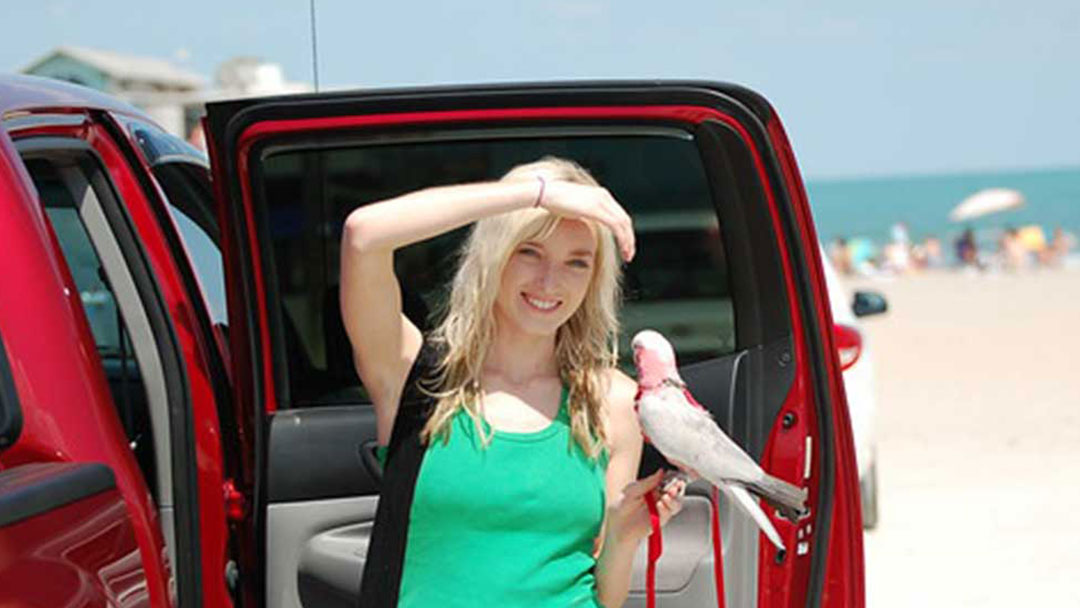
Travelling With Your Bird
Are you thinking of taking your bird on holidays with you this year? Or planning on moving house? Even for a short trip to the vet, it is essential to make sure your bird travels safely.
Birds generally tolerate travel well and can be transported by car and aeroplane as long as their needs are attended to.
What do I transport my bird in?
You can use your bird’s normal cage, having removed toys and swings that could cause accidental damage - birds are most comfortable in a familiar environment. Fill the water once the cage is secured in position, or for short trips fruit and vegetables may suffice.
For smaller birds like budgies, a small box like a shoe box with air holes punched in the lid, and with the lid secure, is appropriate. Make sure that the box does not slide around and it cannot be squashed.
Alternatively, you can purchase travelling cages from the pet shop, or ask your veterinarian to order you one. These are small, sturdy cages, which are easy to carry and store.
Can my bird travel in the car?
Birds tend to travel well in the car, as long as they are protected from temperature extremes, and draughts. In cold weather, warm up the car first and cover the cage with insulating blankets or towels. Likewise, in hot weather, cool the car first, and protect the bird from direct sunlight. Never place him in front of the air conditioner vent, or in any draught. Secure the cage with the seatbelt, and do not allow your bird out of the cage, for the safety of the bird and the driver.
Can my bird travel by plane?
Birds also tolerate plane travel well. Contact your airline to ask about transport requirements, as often they can be taken on as hand luggage and stored under the seat. If travelling overseas, check with AQIS (Australian Quarantine and Inspection Service) or an AQIS-accredited veterinarian for any import requirements.
Tranquillisation is rarely necessary. Most birds will settle into a dark carrying container well and seem to remain calm in the dark of a hold with the gentle humming of the motors. In fact, in most cases, tranquillisers and sedatives can be dangerous and potentially fatal.